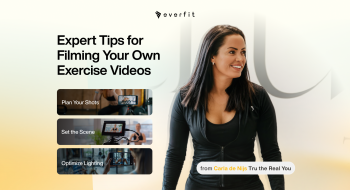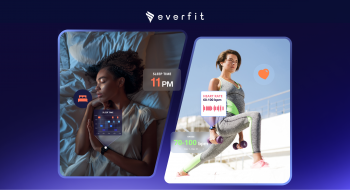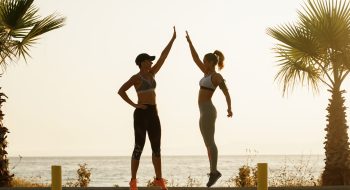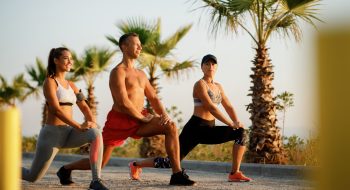Getting your clients ready for the upcoming ski season: all you need to know is to use Everfit.io to guide and train your skiing clients.
The ski season is truly around the corner! And, as the temperatures begin to drop and your clients get ready for their first ski trip of the year, there’s no better time to learn more about helping the skiers in your fitness group prepare for the slopes.
Skiing isn’t just a fantastic way to spend winter outdoors – it also provides a whole host of science-backed benefits! These include improved cardiovascular health, greater strength, and even better mood and mental health. Plus, new studies show that it can assist in maintaining cognitive health and support healthy aging! So, it couldn’t be more true: this sport can benefit anyone, no matter whether your clients are 3 or 93!
In this guide, we’ll cover everything you need to know to use Everfit to help your clients get ready for their ski trip, establish healthy habits, avoid injuries, and track their performance on the slopes. Let’s dive in!
Training Your Ski Clients With Everfit
Everfit provides you with all the resources and tools you need to coach your skiing clients, no matter whether they are beginners looking to become more confident on the Magic Carpet or expert skiers ready to take on the most difficult piste!
Here is how to get started.
Warm-Up and Cool-Down Exercises For Safety on the Slopes
Did you know that not warming up and having an improper form are the most common causes of skiing injuries? These can affect any part of the body, but they typically affect the joints’ ligaments and tendons, including the rotator cuff in the shoulder and the ACL in the knee.
It is important to ensure that your clients understand how critical warming up and cooling down is. Everfit can help you craft a training program that will make these exercises second nature for the skiers in your group. These exercises include:
- Hip Exercises: Exercises such as extension, flexion, and internal/external rotation of the hip help prepare the tendons, ligaments, and muscles to accommodate hip mobility and ensure a full range of motion.
- Spine/Trunk Rotation: These exercises help prepare the body for twists and turns before hitting the slopes, which can help maintain core stability when skiing.
- Glute Activation: Glute exercises are essential for building the power and stability needed for ski runs. Practicing the bridge position can be an excellent way to get started.
- Balancing Drills and Deep Squats: Before heading out for a skiing session, your clients may spend some time waking up the knees. This can help the joints be more prepared for the upcoming stress, reducing the risk of overstretching or tearing injuries.
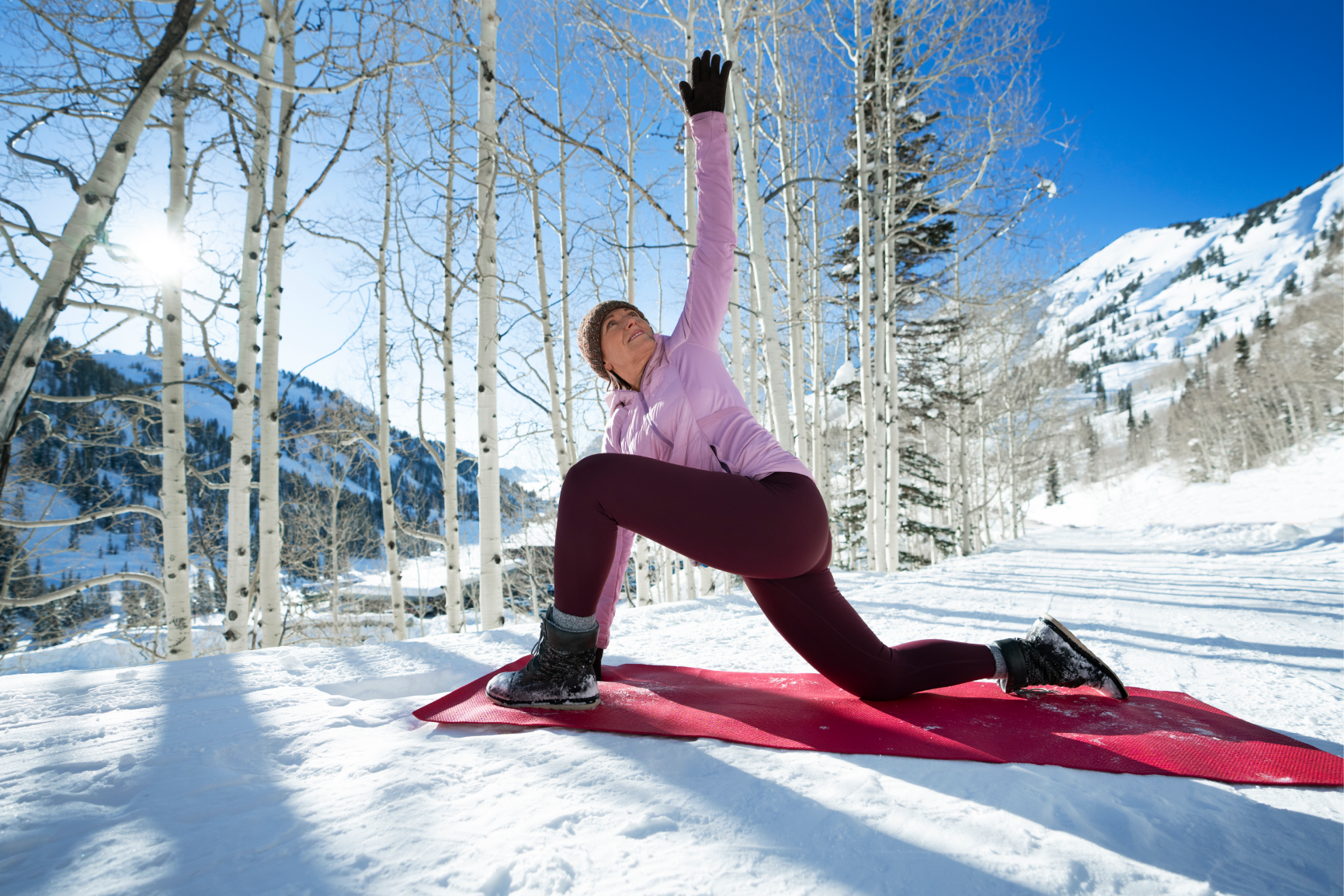
After a ski session, it is important to cool down and gently stretch the same muscle groups involved during the warm-up stage. This can help support recovery and prevent pain from getting in the way of the next skiing session.
- Pro Tip: While ankles are locked into ski boots, it’s beneficial for clients to warm up with their boots on. This practice familiarizes them with their equipment and enhances proprioception (the perception of the body in the surrounding space), which is an essential skill for skiers. This can help stability and improve responsiveness while on the slopes!
Leading Up To a Ski Trip: How to Help Your Clients Prepare
Preparation is key to a successful and enjoyable ski trip! Here’s a timeline of how to help your clients build fitness leading up to the big day:
- Over Time: Help your clients develop leg strength and mobility through squats, lunges, and mobility drills. Shoulder stability should also be a focus point, benefiting from exercises like planks, shoulder presses, and stability ball workouts. Lastly, when not on the slopes, your clients can build endurance through aerobic activities such as cycling or running.
- 4-8 Weeks Out: In this phase, you may recommend moderate intensity exercises, with volume building up week to week. Examples include bilateral movements like squats and deadlifts to build strength, as well as lower body plyometrics to work on explosive power.
- 0-4 Weeks Out: It’s crunch time! Make sure to increase intensity and volume in your client routine 4 & 3 weeks before the trips. In the two weeks right before the trip, keep intensity high but slightly lower volume gradually so they can be fresh for their first ski sessions.
Throughout these phases, don’t underestimate the importance of conditioning. Based on client fitness and ski levels, incorporate ski run-specific conditioning. For example, do 60 seconds of agility drills or track runs followed by 30 seconds of rest to mimic the duration of a ski run.
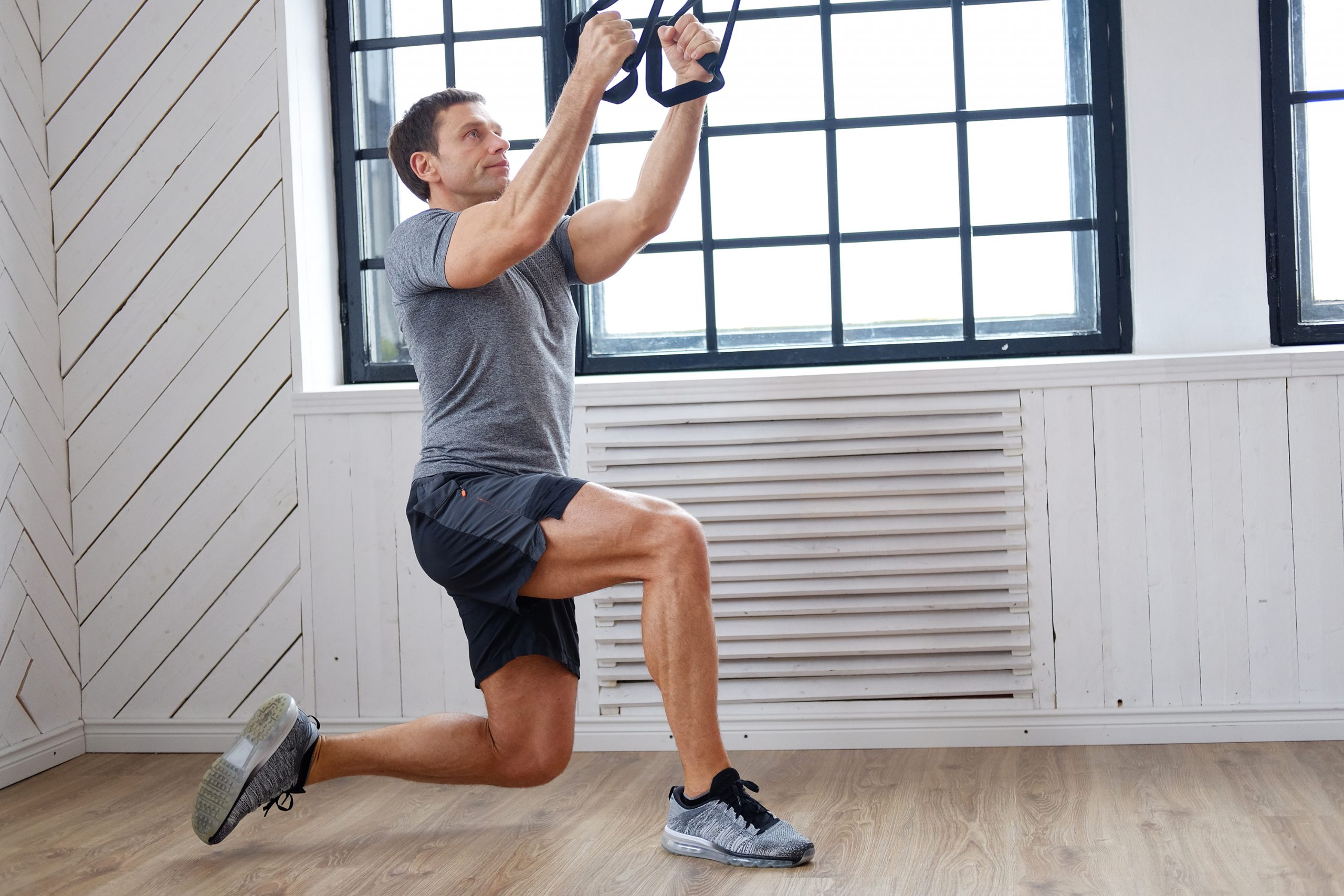
Key Movements For Flexibility and Strength
Building flexibility and strength is essential for skiing performance. Here are some critical movements to incorporate into your clients’ training programs.
Leg Strength:
- Squats: Help with overall leg power and stability.
- Lunges: Improve unilateral strength and coordination.
- Deadlifts: Target posterior chain muscles, which are the main drivers of lower body strength and power.
- Split Squats: Focus on stability and strength, particularly in the lower body.
- Cleans: If clients are capable, this exercise builds explosive power and full-body strength. For clients who can’t perform cleans or other Olympic lifting movements, weighted jumps may be a suitable, less technical alternative.
Leg Mobility:
- Lateral Lunges: Improve hip flexibility and side-to-side movement.
- Hip Internal/External Rotation: Ensures hips are ready for turns and dynamic movements on the slopes.

Shoulder Stability:
- Push-Ups: Basic but ever-effective for shoulder and core strength.
- Single Arm Presses: Focus on stability and unilateral strength.
- Turkish Get-Ups: Enhance full-body coordination and shoulder stability.
- Plank Variations: Strengthen the shoulders and core through various plank positions.
Endurance:
- Running: Excellent for cardiovascular health and leg endurance.
- Biking: Keeps legs working hard even when there’s no snow on the slopes!
Lower Body Plyometrics:
- Box Jumps: Develop explosive power.
- Depth Jumps: Improve reactive strength and power.
- Lateral Bounds: Target agility and lateral movement.
- Skipping: A simple but effective plyometric exercise that can be enjoyed with just a jump rope!
- Drop Squats: Enhance dynamic strength and agility.

Looking After Your Client’s Health and Fitness on the Slopes
Conditioning before the skiing trip and great form while on the slopes is essential. But there’s more to getting your clients ready for physical activity than just exercise! And, Everfit can provide you with the guidance you need.
Key Habits, and Best Practices for Skiers
Your clients’ habits impact their performance as much as their physical conditioning. It’s important to provide them with comprehensive guidelines that go beyond key movements. These include:
- Hydration: Understand how to track fluid intake and sip water consistently to stay hydrated. This is especially important at higher altitudes, where cold weather can mask dehydration.
- Pro tip: There’s nothing quite like hitting the hut tub or sauna after a day on the slopes – but this can exacerbate dehydration! Be sure to recommend your clients to keep the fluids up throughout the day.
- Food and Snacks: Recommend lightweight, energy-dense foods like nuts, energy bars, and cured meats for sustained energy.
- Recovery Tools: Suggest they bring with them foam rollers to aid muscle recovery after an intense day on the slopes to ensure they can return to their favorite activity without interruptions. And, of course, ensure they know to listen to their body and not to play through pain!
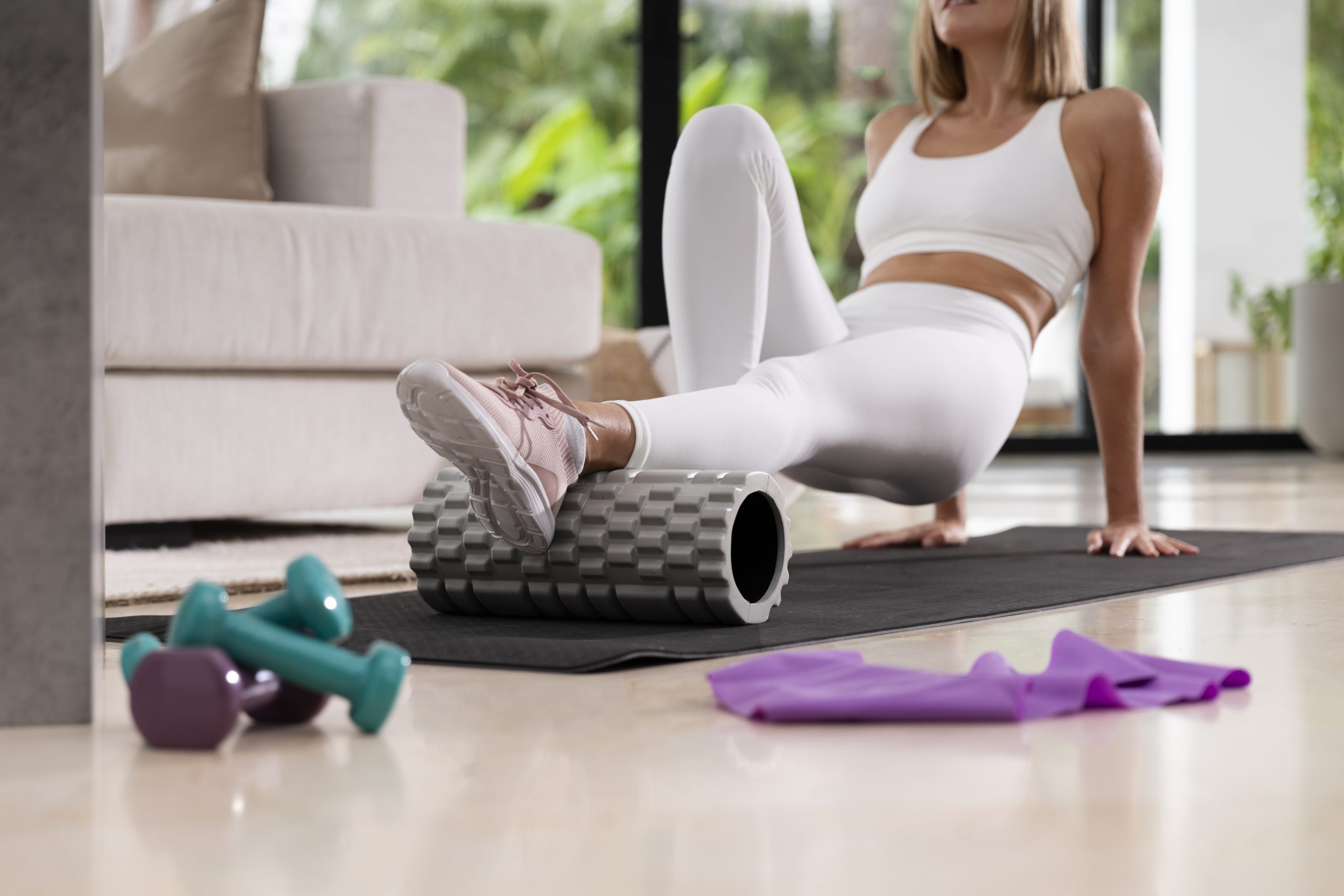
- Sleep: Stress the importance of getting 7-8 hours of quality sleep per night for muscle recovery and optimal performance.
- Stretching and Mobility: Incorporate daily exercises to maintain flexibility and reduce injury risk.
- Weather Awareness: Remind them of the importance of staying informed about weather conditions for better planning and safety.
Tracking Skiing Performance in Real Time
With Everfit, your clients can track their performance and key metrics while on the slope, which can help them improve their performance and understanding of their level of conditioning.
Encourage clients to wear a wearable device if they own one, and then use the data gathered to discuss improvements and a fine-tuned training plan. These devices can capture a range of information, including heart rate data at altitude, sleep quality, and performance stats.
Creating a Community of Mindful Skiers with Everfit
If you are looking after more than one client or if you have a trainee who is looking to connect with other skiers, recommend that they join our community forums. Here, your clients can get in touch with each other and even plan a ski trip together! There’s nothing better to exchange stories, training tips, and anything else they can think of. Plus, our new poll feature is a great way to see where everybody is shredding that week!



